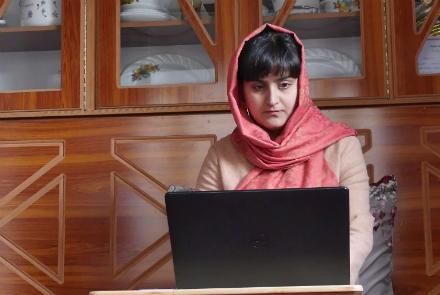NAI – an Organization Supporting Open Media in Afghanistan--reported that over 1,000 female Afghan journalists have left jobs in the industry for various reasons since 2014.
According to NAI, the number of female journalists has now dropped from 2,500 to 1,500.
“2,400 female journalists and media workers were associated with the media outlets in Afghanistan. This figure could be around 1,500 now,” said Mujib Khalwatgar, the head of NAI.
“Unfortunately, the financial and economic condition of media outlets came under pressure during the coronavirus pandemic and many people lost their jobs. This issue has raised major concerns for us, but we do not have any figures about how many girls are left working in media because of threats,” said Wahida Faizi, a member of the Journalists’ Safety Committee.
NAI said that targeted killings, gender discrimination and low wages are among the key factors that have led to the reduction in the number of female journalists in the country.
Behishta Arghand is an Afghan female journalist who left the profession two years ago because of low wages and other social challenges.
Behishta says that her family stopped her from working outside the home following attacks on journalists.
“I think if this situation continues over the next few years, we will not be able to see a women working in the media,” said Behishta Arghand.
“Their security must be provided as soon as possible... this is a great loss for our society and the journalist community,” added Behishta Arghand.
Soman is an Afghan girl who worked day and night and managed to become a member of the journalism faculty at Kabul University.
But Soman was not allowed by her family to continue her studies due to the threats facing journalists.
“If this situation continues, I am sure all of our youth will lose their hopes, I myself suffered a lot and couldn’t get to my dream,” said Soman.
Afghanistan Among 'Deadliest Countries' for Reporters
Back in April, Reporters Without Borders (RSF) dropped Afghanistan from 121st to 122nd place in its newly-released 2020 Press Freedom Index, calling Afghanistan Pakistan, Philippines and Bangladesh the "world’s deadliest countries for journalists and bloggers."
Over the past one and half months, four journalists have been killed in Afghanistan.

